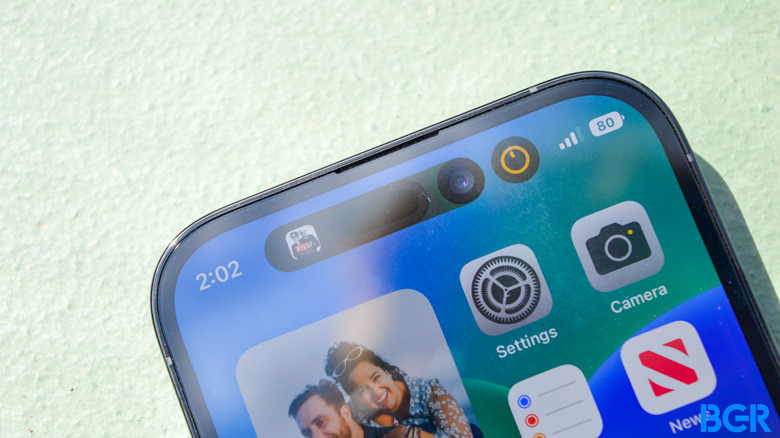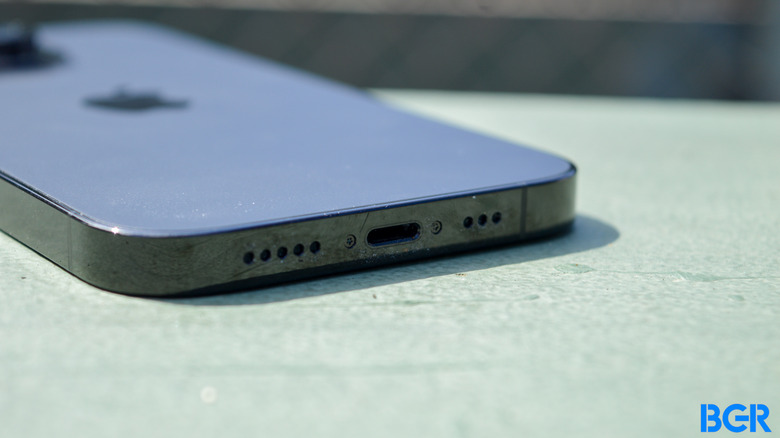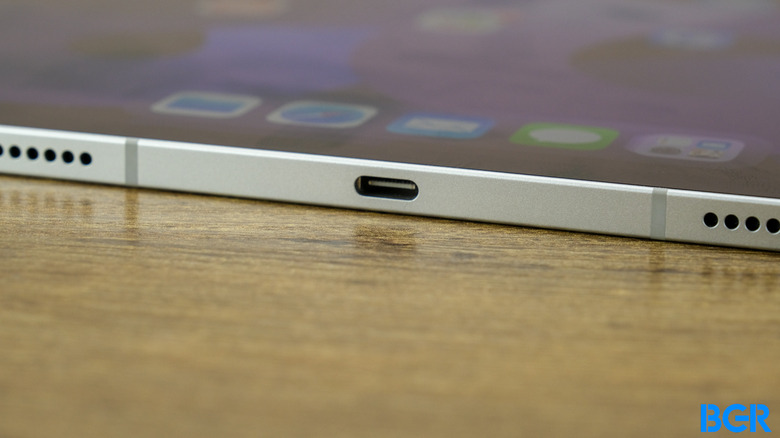I Don't Want USB-C On iPhone For Battery Charging - Here's The Real Upgrade
The European Union will force all smartphone makers to use USB-C ports for charging electronic devices. That includes Apple, which will have to replace Lighting with USB-C in 2024 at the latest if it wants to continue selling the iPhone in the region. Apple confirmed that it plans to comply, even though it's still defending its strategy of relying on proprietary connectors.
As a long-time iPhone user, I'm excited to see the iPhone move to USB-C connectivity, whether it happens next year or in 2024. But the feature I want from it isn't ease of use or faster battery charging. The real USB-C upgrade is faster wired data transfer speeds, a feature that Apple has to get right.
What USB-C brings to iPhone
Android vendors widely use USB-C connectors for battery charging and data transfer. Music is also supported if you're into wired headphones.
Battery charging is a big win for USB-C. Not only does the connector support fast charging speeds, but it's effortless to use. Both ends of a USB-C to UBS-C cable are reversible, so you won't have to worry about which end goes where.
Lightning already handles convenience very well, as you don't have to pay attention when inserting the Lightning connector in the iPhone, iPad, AirPods, and various accessories.
But USB-C still beats Lightning overall. It'll be much easier to leave the house without a charging cable. You'll find one wherever you go, so you won't have to stress about topping up the battery on short notice.
The same goes for using accessories or hooking up to computers. USB-C supports data transfer speeds up to Thunderbolt 4, which gets me to my point. That's a feature Apple never managed to match with Lightning before, not that we necessarily need Thunderbolt 4 speeds on the iPhone or iPad.
But Apple moved to USB-C on iPad Pro to improve data throughput. This turned the iPad into a more versatile computer, capable of handling connections to all sorts of accessories, including external monitors. Moreover, it also boosted data transfer speeds.
Why fast data transfer speeds on iPhone are so important
Apple moved all iPads to USB-C, concluding the switch this year with the iPad 10. Sadly, we have just learned that the $449 iPad 10 has a USB-C port that supports only USB 2.0 speeds (480 Mbps), in line with Lightning ports.
Comparatively, the iPad Pro supports Thunderbolt 3 (40 Gbps), and the iPad Air 5 goes up to 10 Gbps.
I don't need the iPhone to hook up to external monitors via USB-C. But I do want it to support much faster speeds than the iPad 10. That's the most significant upgrade for me when it comes to this charging port switch mandate.
Think about it; we're using more and more data with every new device. We have 5G and Wi-Fi 6 speeds to transfer it all wirelessly, but they're not broadly available.
Also, the cameras on the iPhone generate better and better photos and videos that require a lot more space.
The quick way to manage that data is a wired connection to your Mac or PC. A fast USB-C connection would make that hassle incredibly easy. It would be great for local backups, which have the advantage of being encrypted, or for transferring photos and videos. And since your Mac or Windows laptop can recharge via USB-C, you already have the cable there next to you.
Sure, there's AirDrop and iCloud to handle backups and photo transfers. But fast wired data transfer speeds will be much more convenient and faster.
With that in mind, I hope all iPhones will support fast USB-C data transfers. Whether it's a $500 iPhone SE 4 or a $1,199 iPhone 15 Pro Max. And I also hope that the iPad 10's slow USB-C speeds will be the only exception Apple makes.
More Apple coverage: Check out the best Apple deals online right now.


